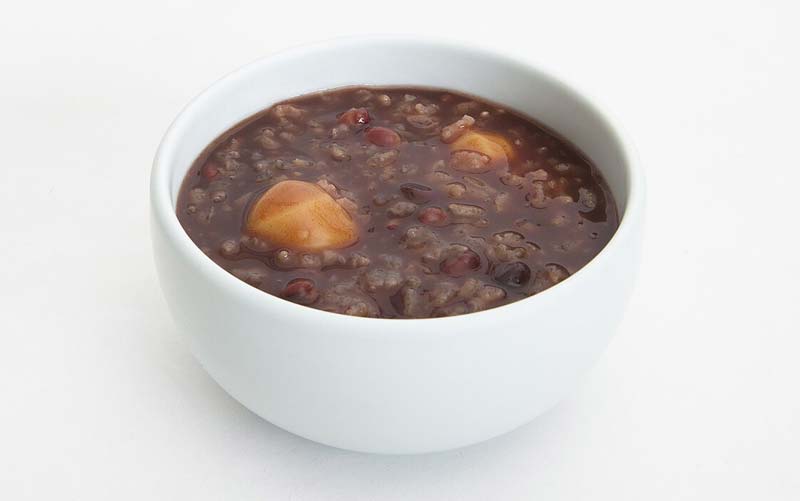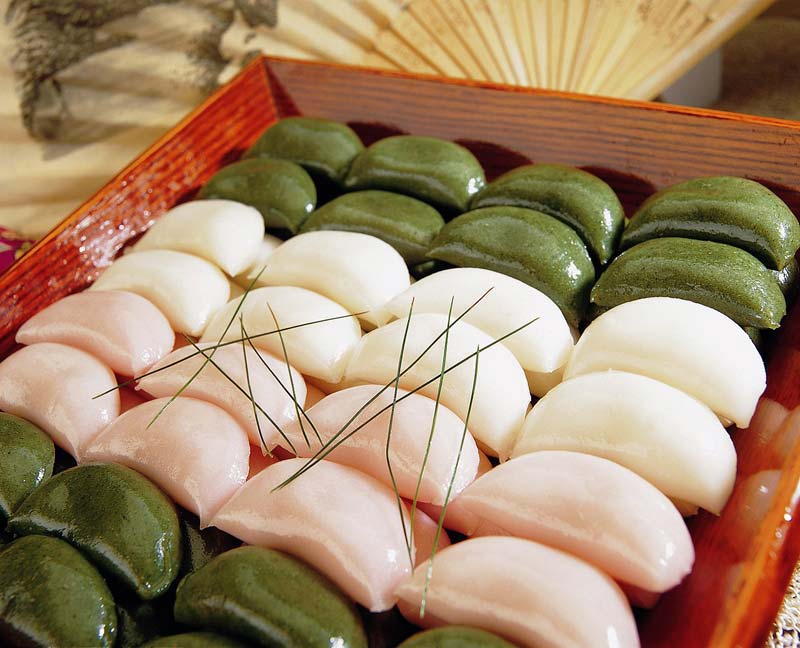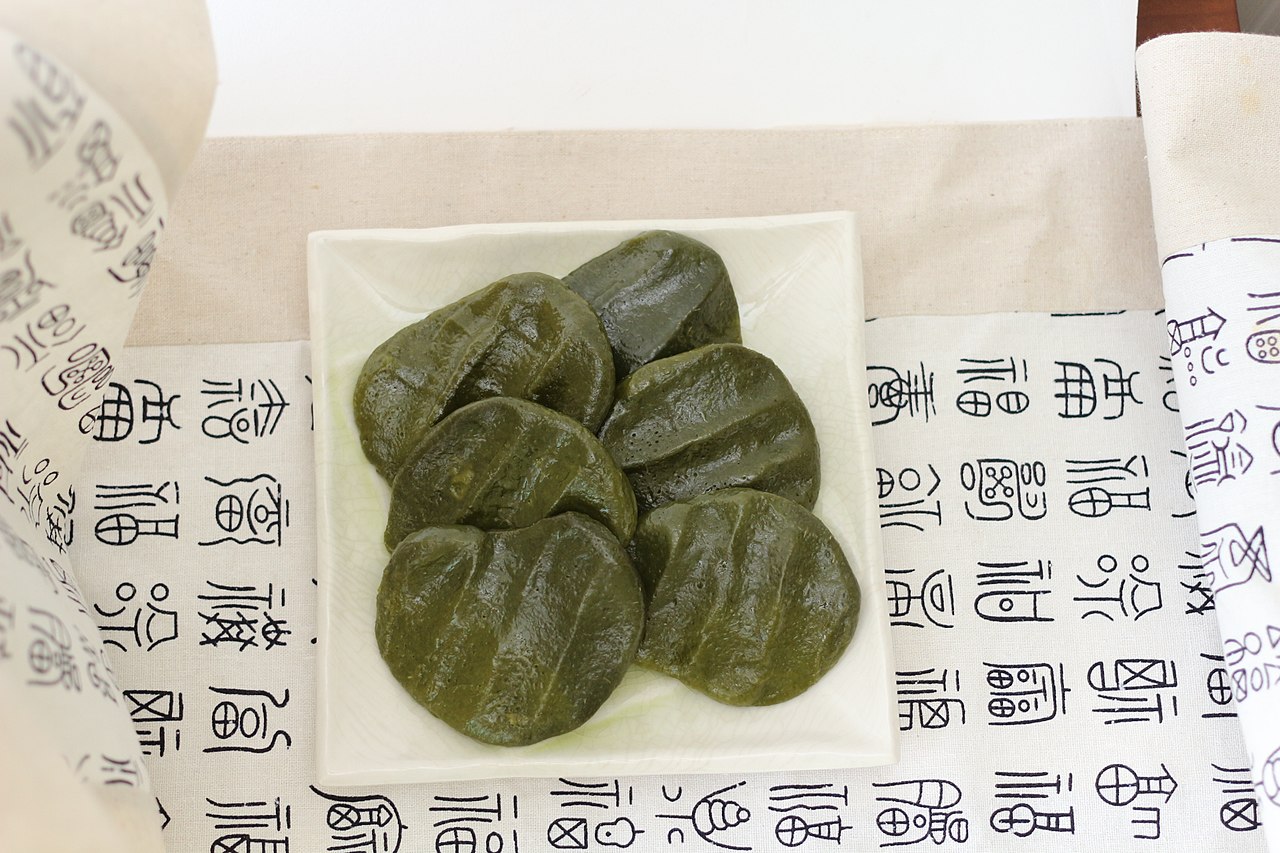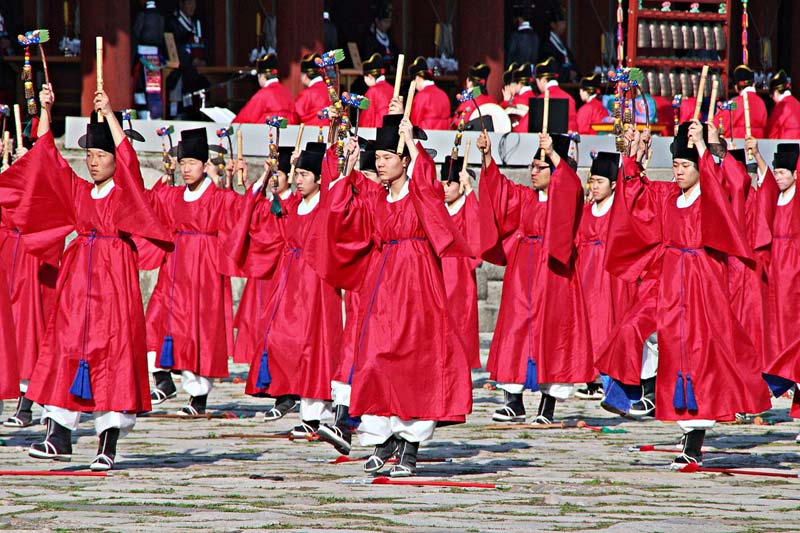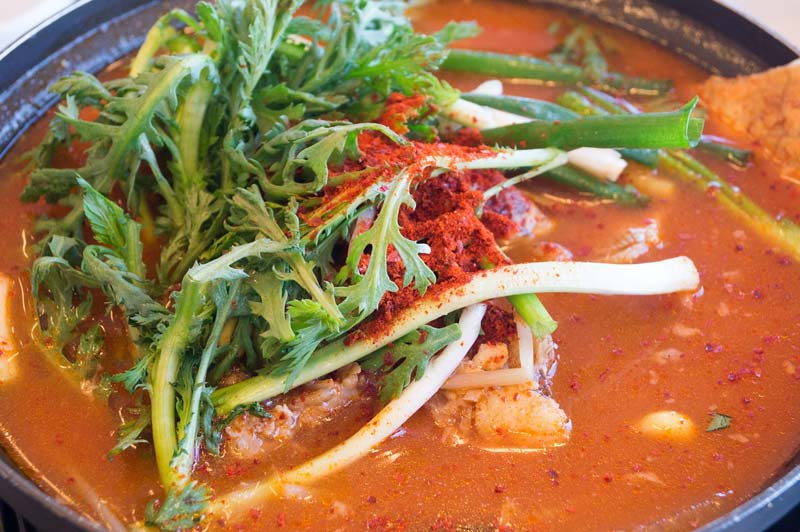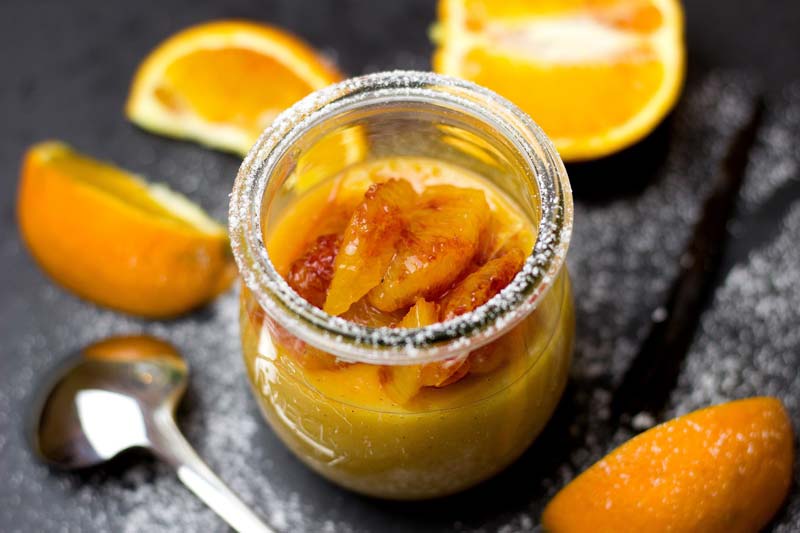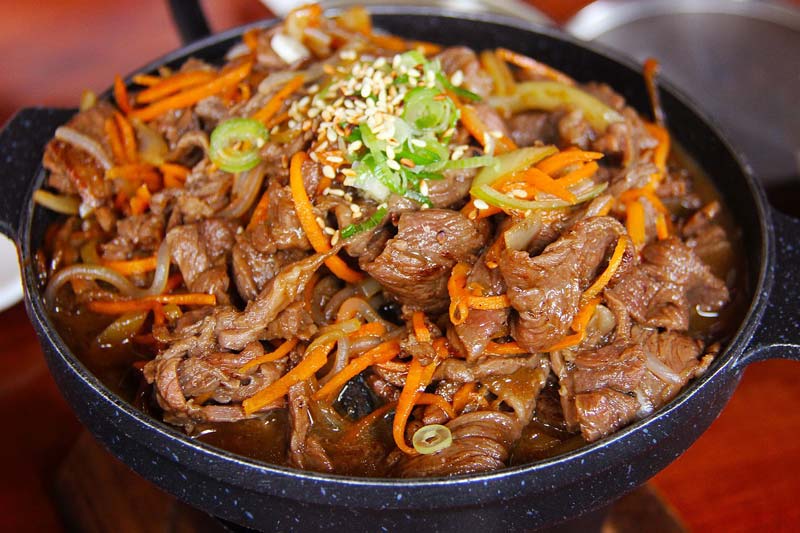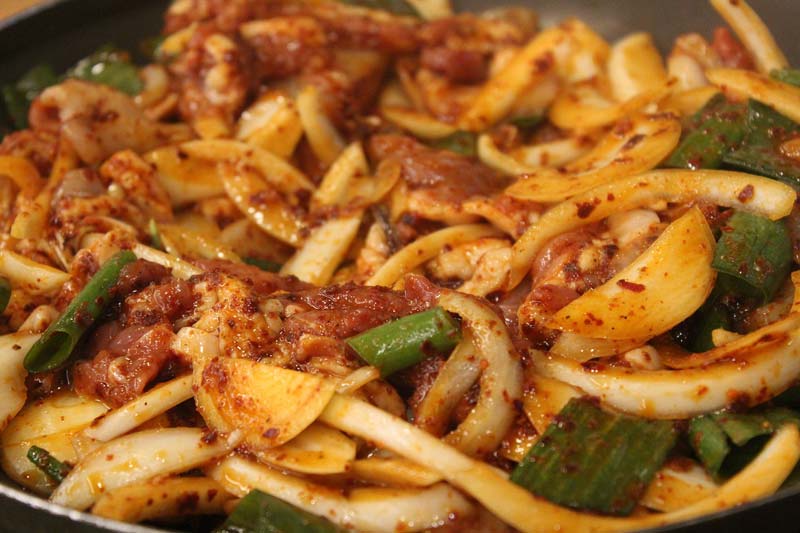Hansik
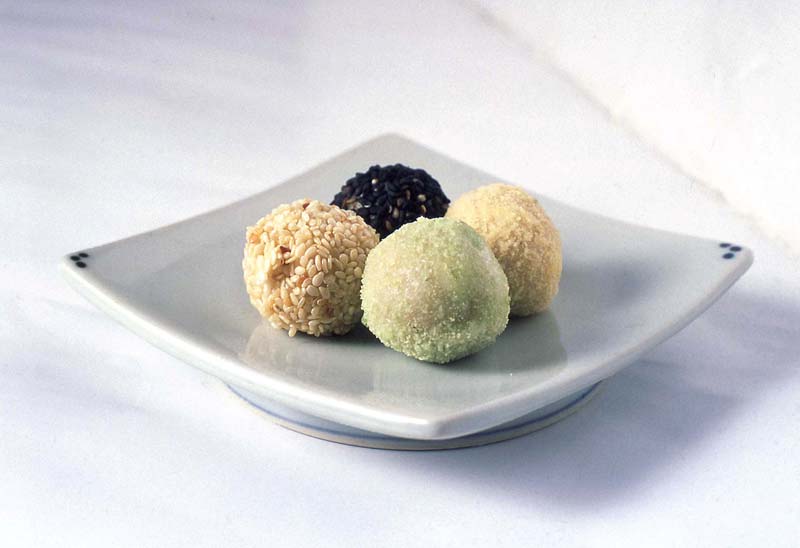
Introduction of Hansik
It is one of the Korea’s four biggest holidays along with Seol, Dano, and Chuseok. For some fixed period around this, it is forbidden to use fire, which is originated from old Chinese customs.
The Food of Hansik
It is one of the Korea’s four biggest holidays along with Seol, Dano, and Chuseok. For some fixed period around this, it is forbidden to use fire, which is originated from old Chinese customs.
Ssukdanja
This is a kind of rice cake made by the process that after mixing the cooked glutinous rice powder well with the mugwort boiled and chopped, make them into pieces of rice cake in a round shape putting in them the buns and cover them with mashed red-beans or such. It is also called as Ssukruridanja or Bopulddeok. A record on Ssukdanja was written in “Jungbosanrimgyeongje” for the first time; it says, “After soaking two does of glutinous rice in water and pound it in a mortar hard, knead it with hot water and boil it. Then mix it well with one doe of mugwort to make pieces of rice cake putting chestnut buns in them, and boil them again and take them out to cover them with mashed chestnuts or pine nuts. As they were saying “It’s a seasonal food for spring,” they used the chestnut bun and mashed chestnuts and pine nuts with the glutinous rice and mugwort as main ingredients.
Ssukddeok (Rice Cake Made with Mugwort)
This is a kind of rice cake made by mixing rice powder with mugwort. As seeing the Dandun mythology that says after eating mugwort, a bear becomes the Hwanung’s wife to bear Dangun, the history of eating it would be very long. In China, it is one of the important hardy foods as well, and a Chinese record says, “It has been quite long since the people depend only on mugwort for their living.”
(foodculture/foodculture1_4.jsp)
